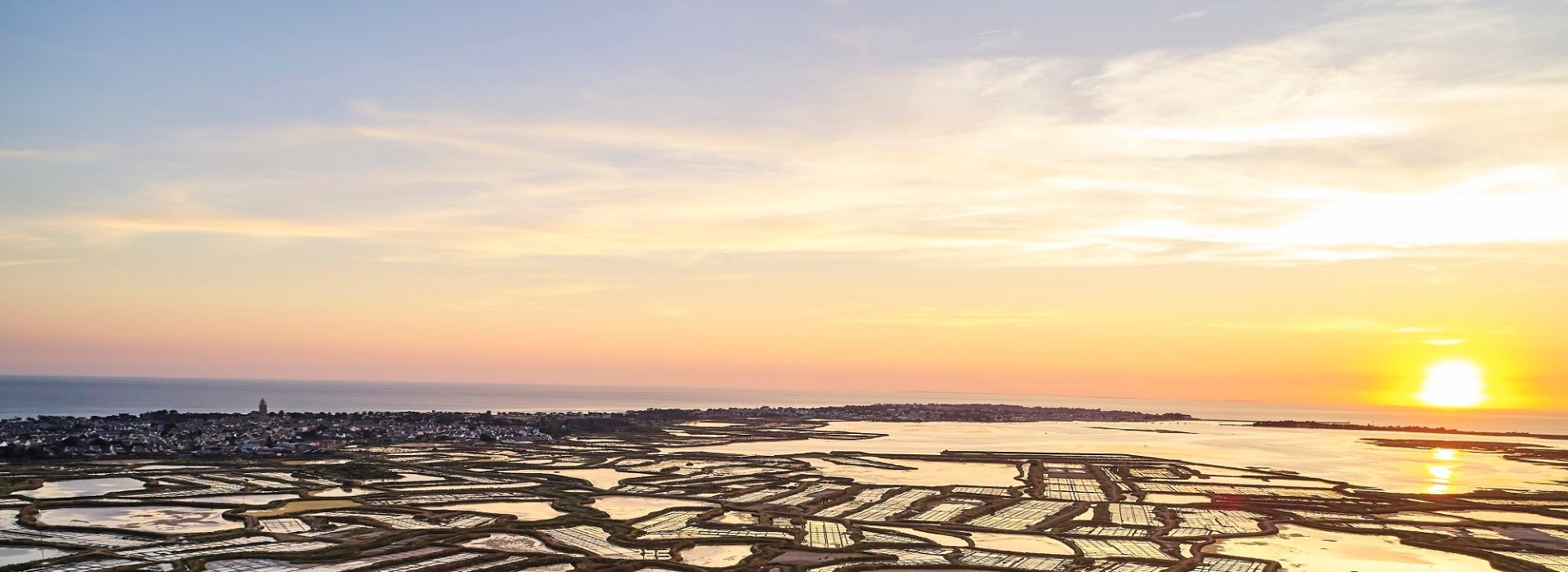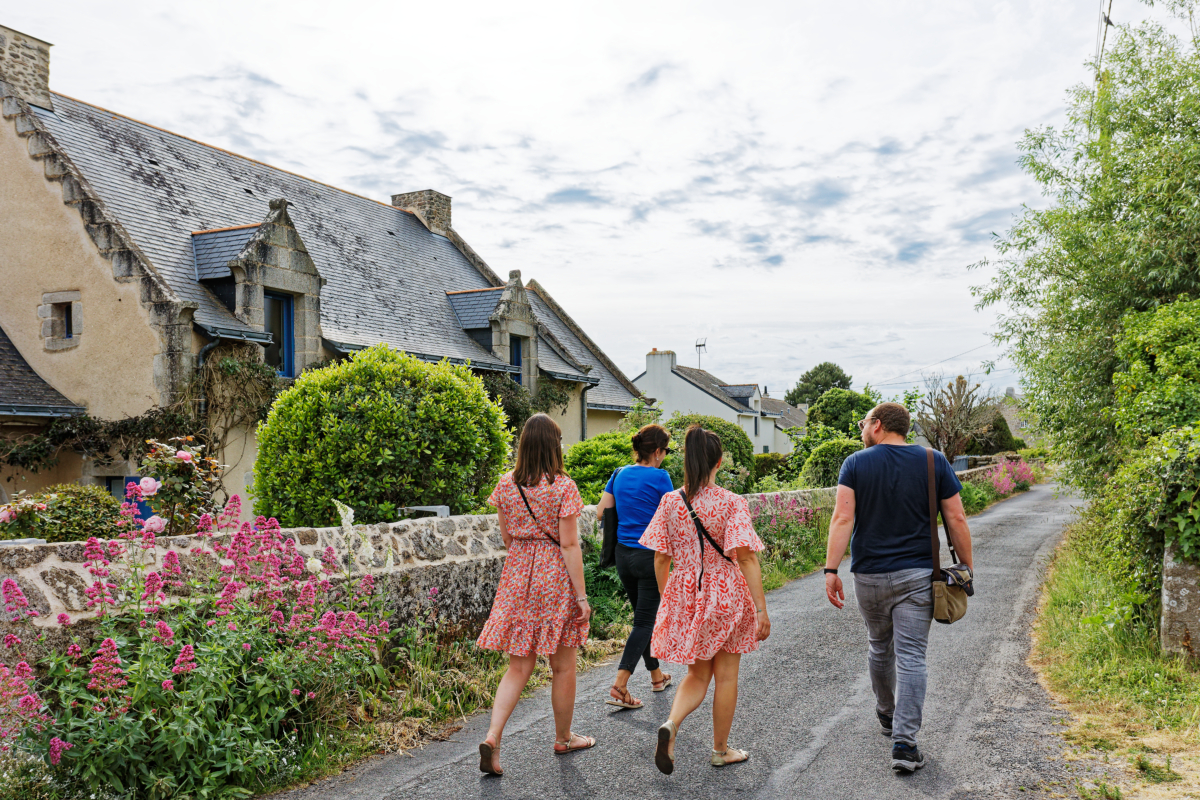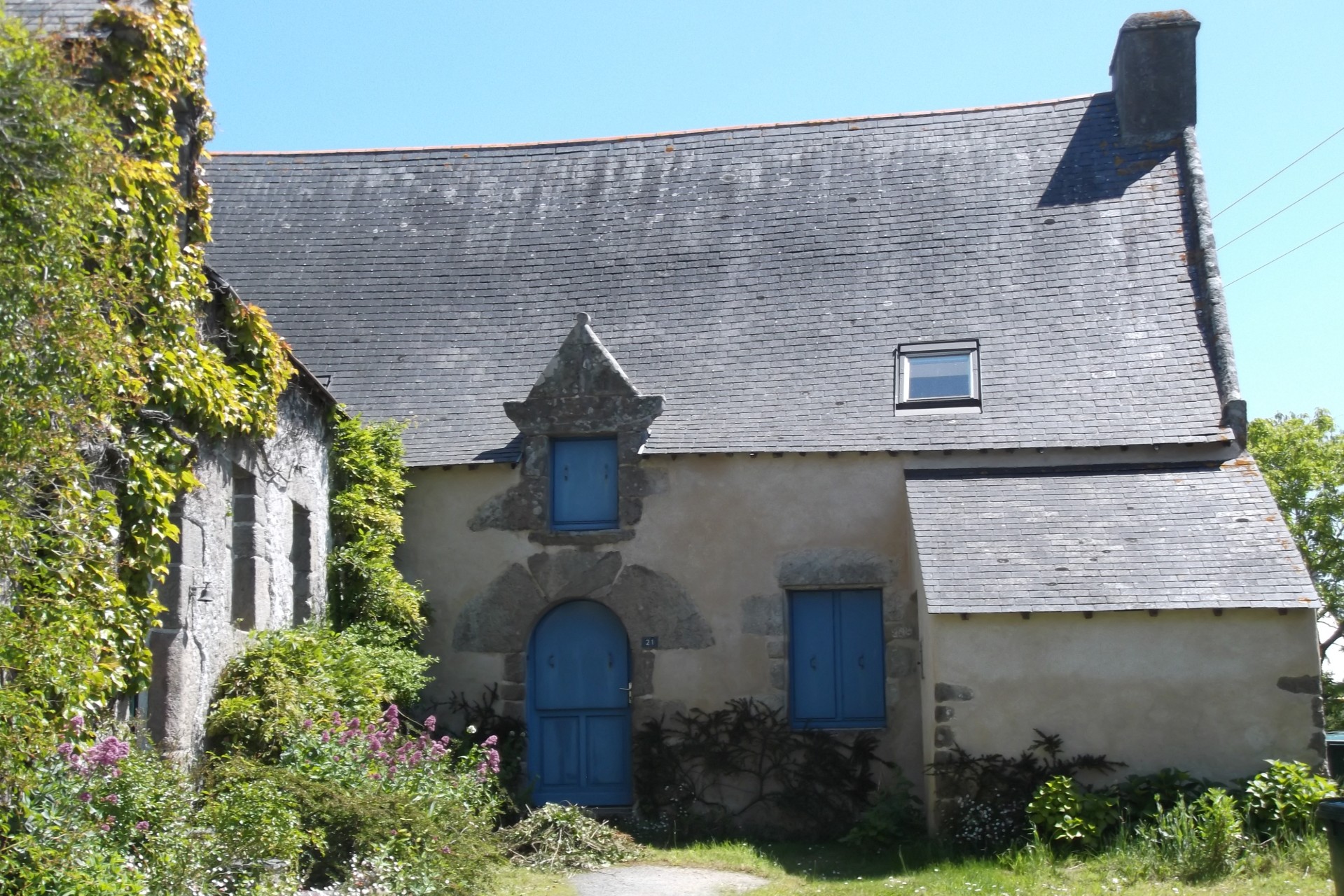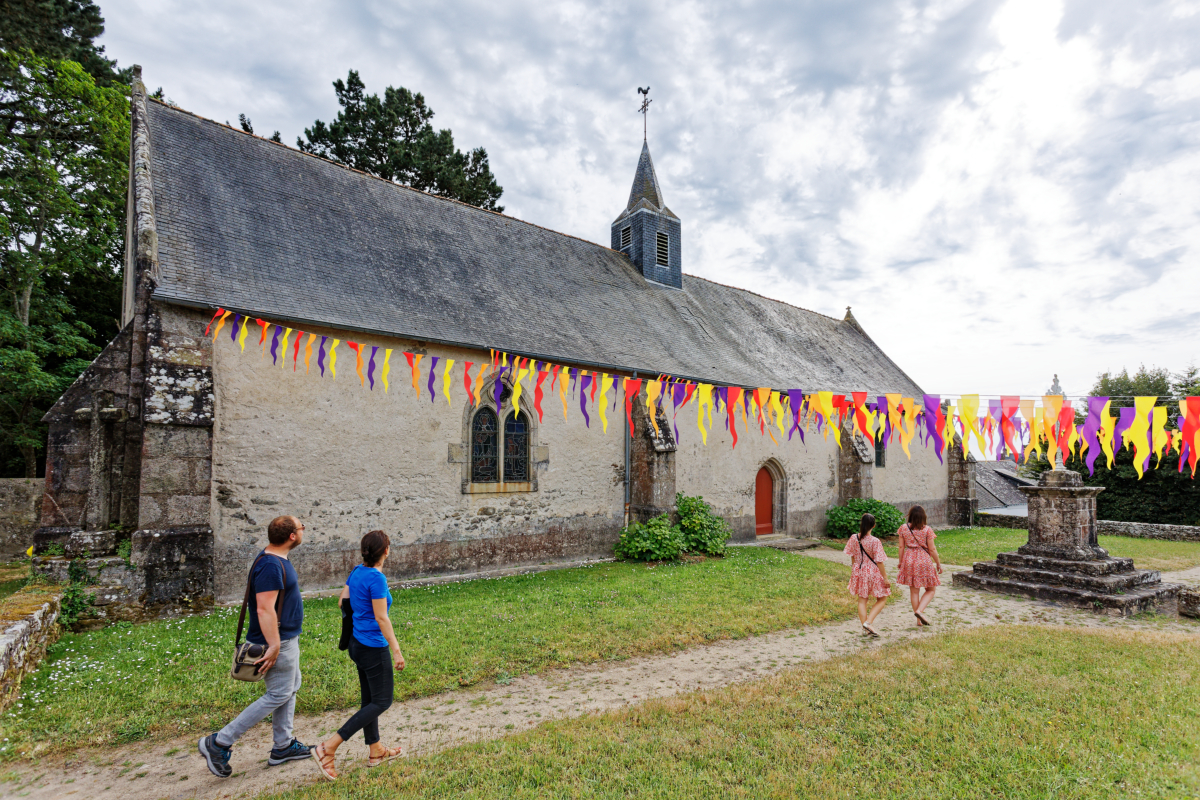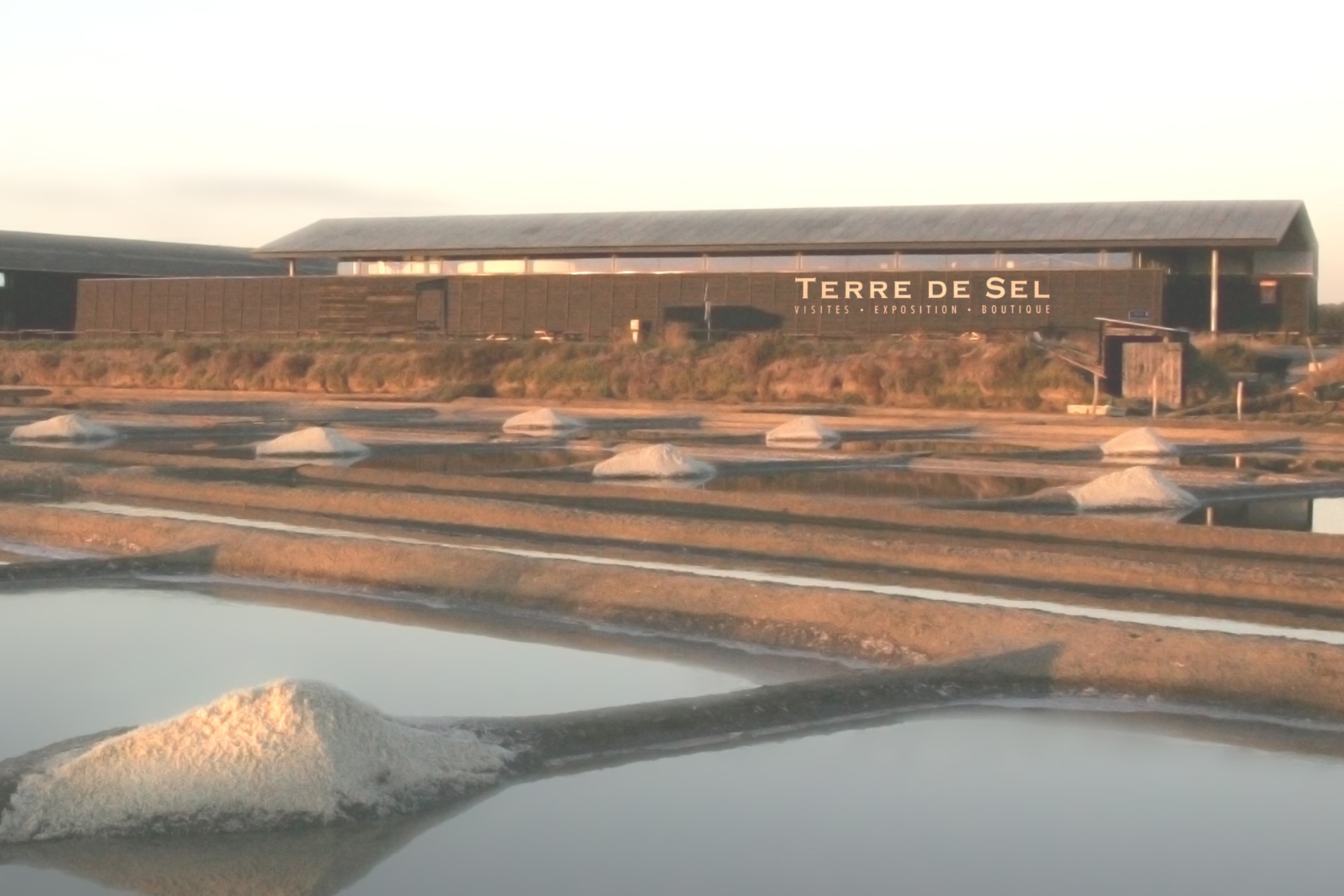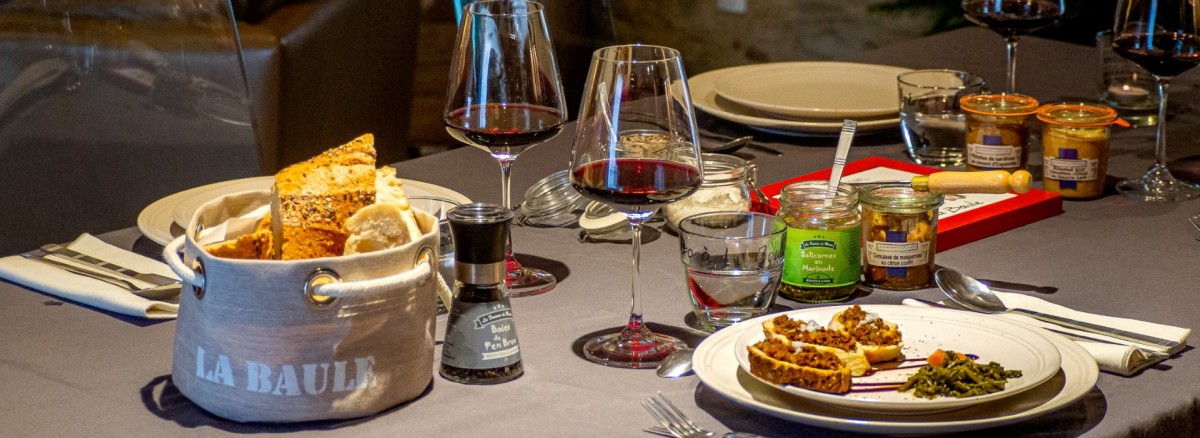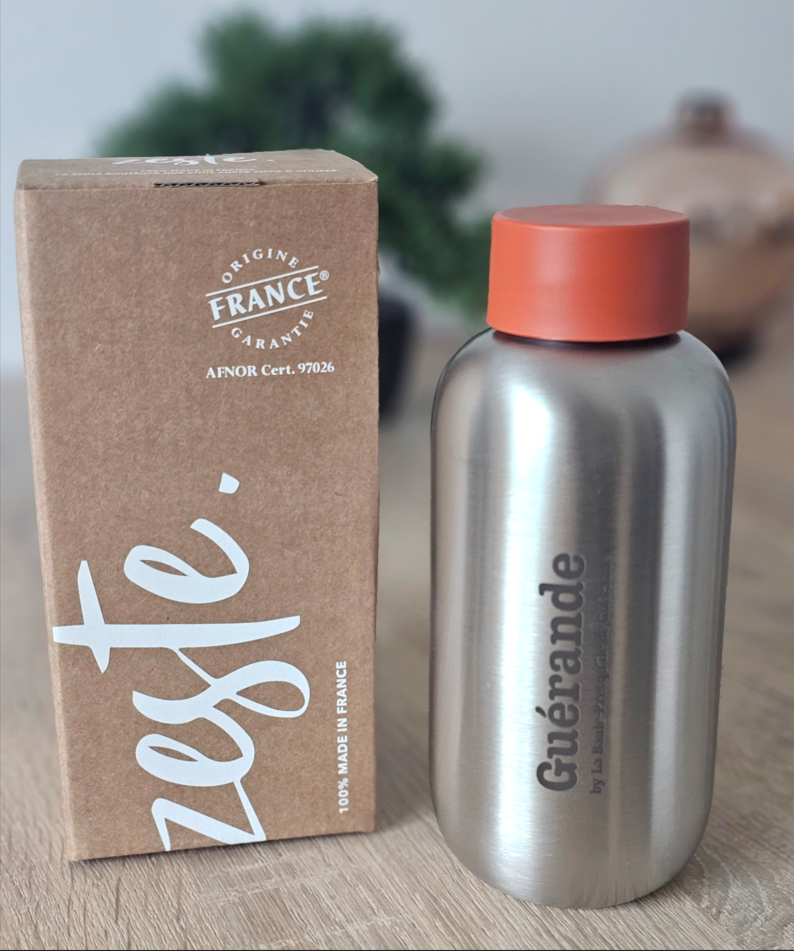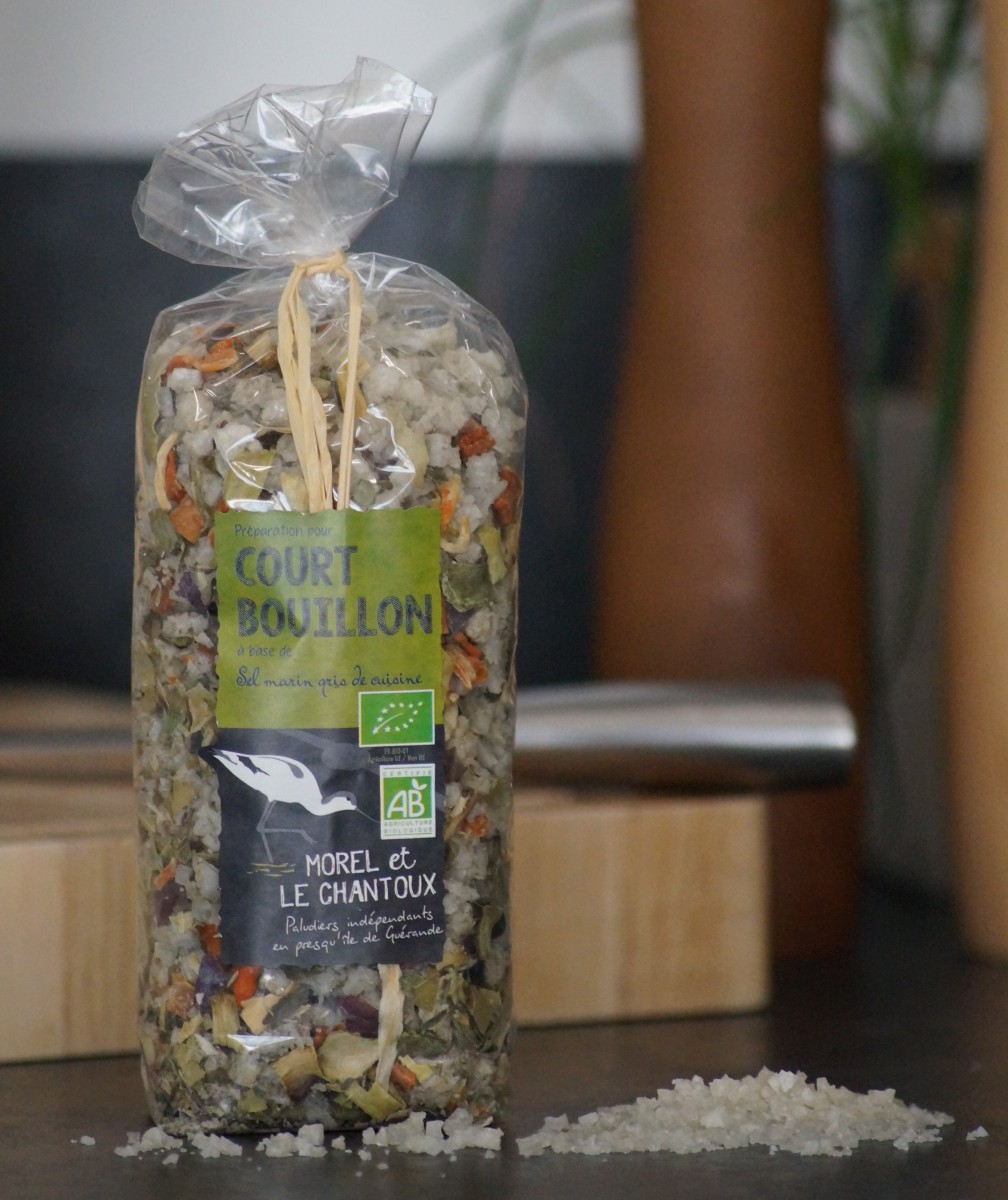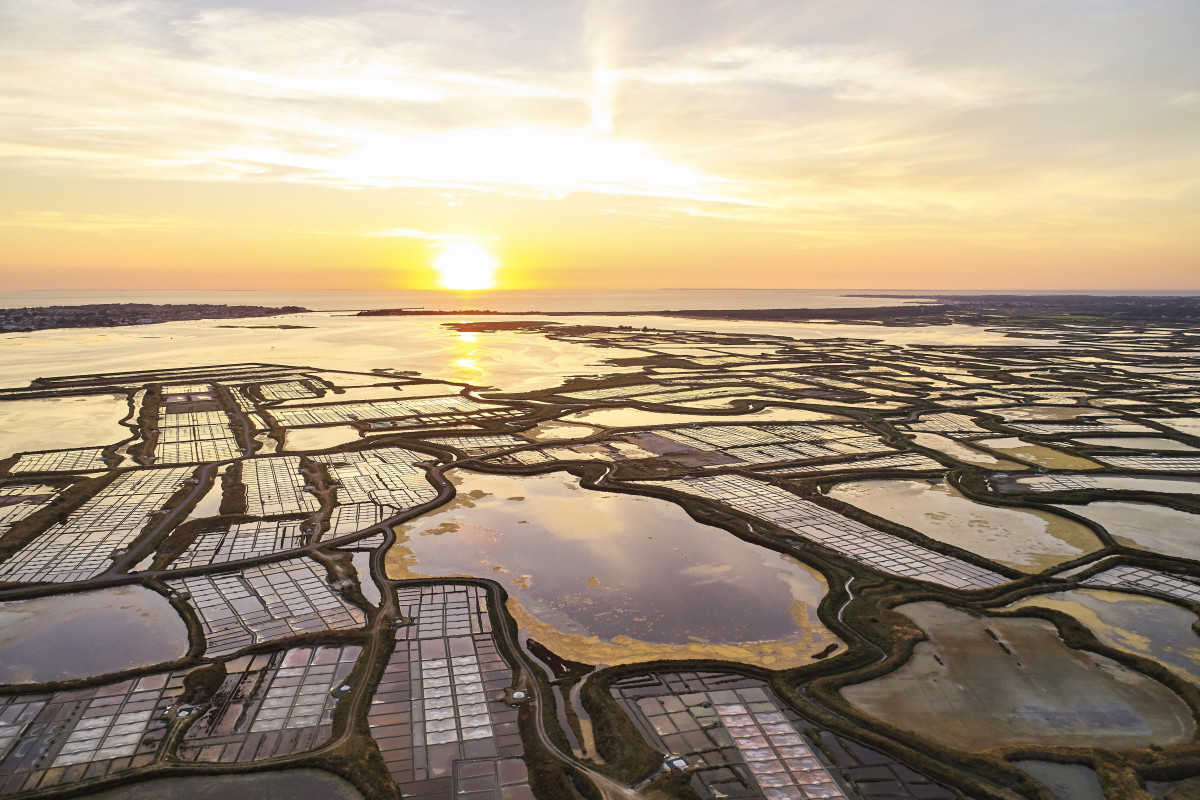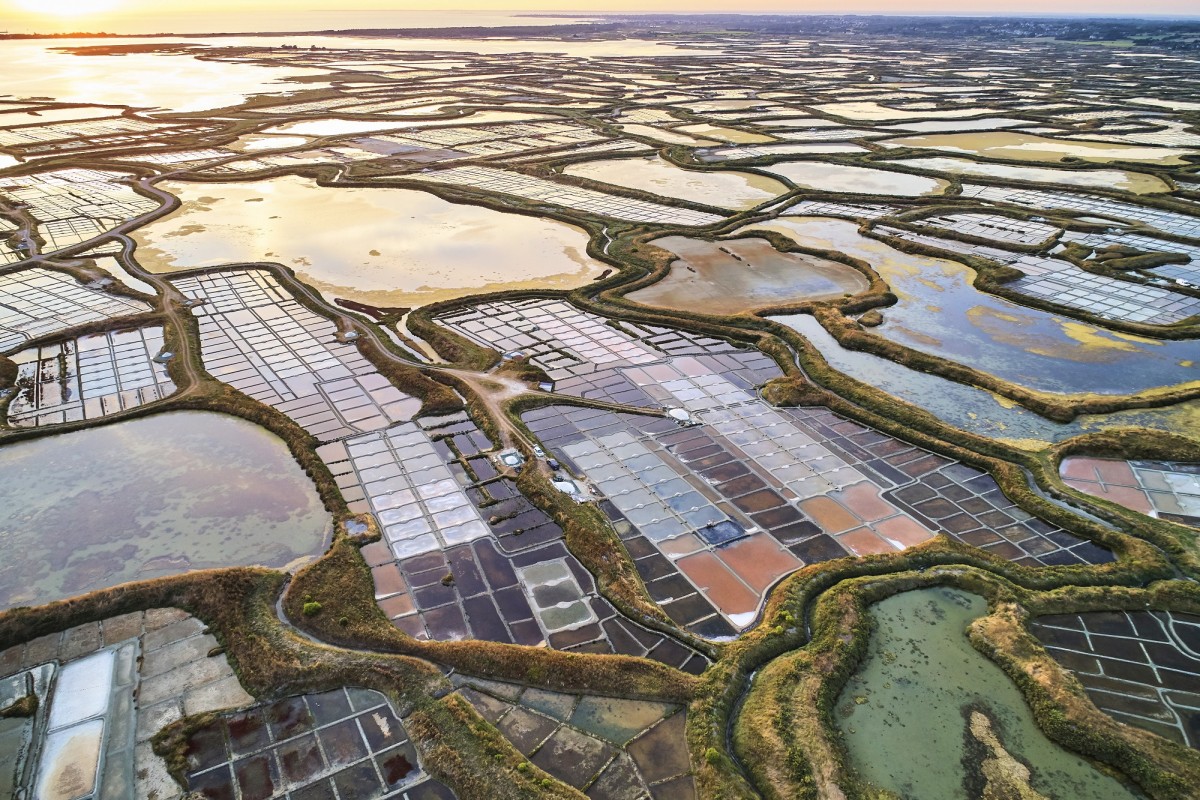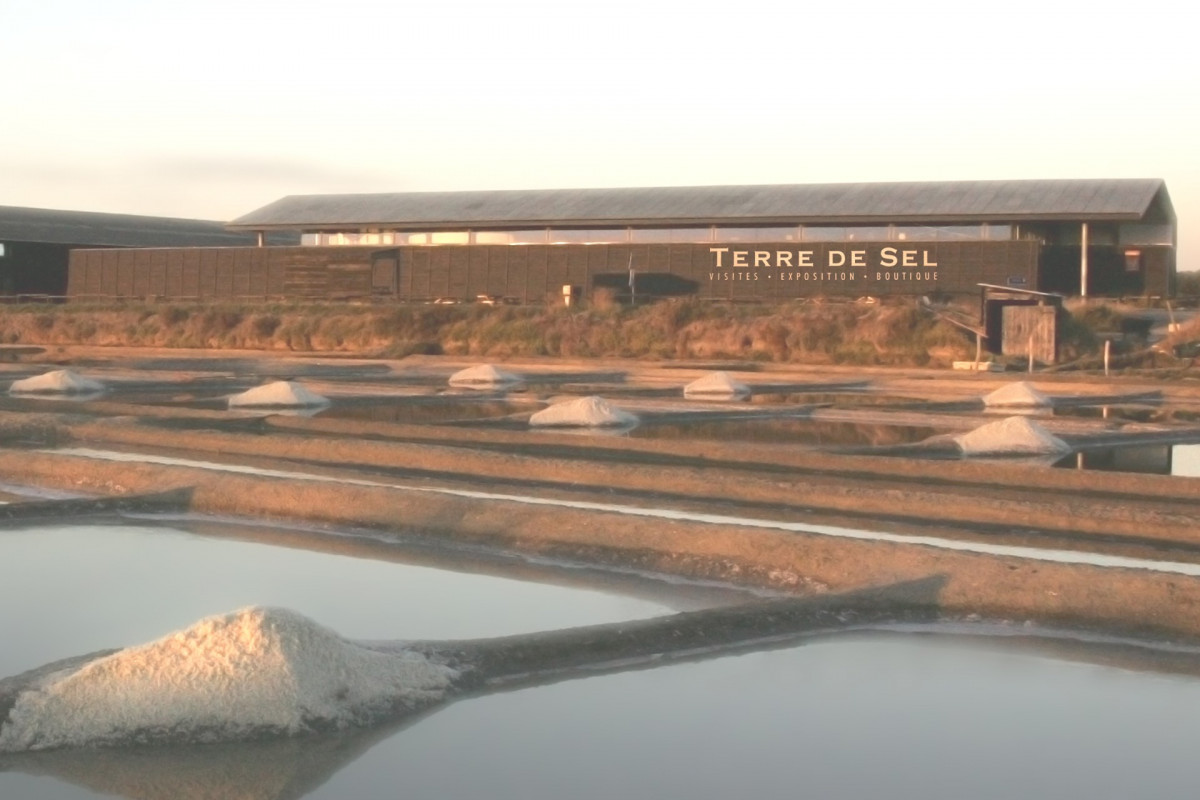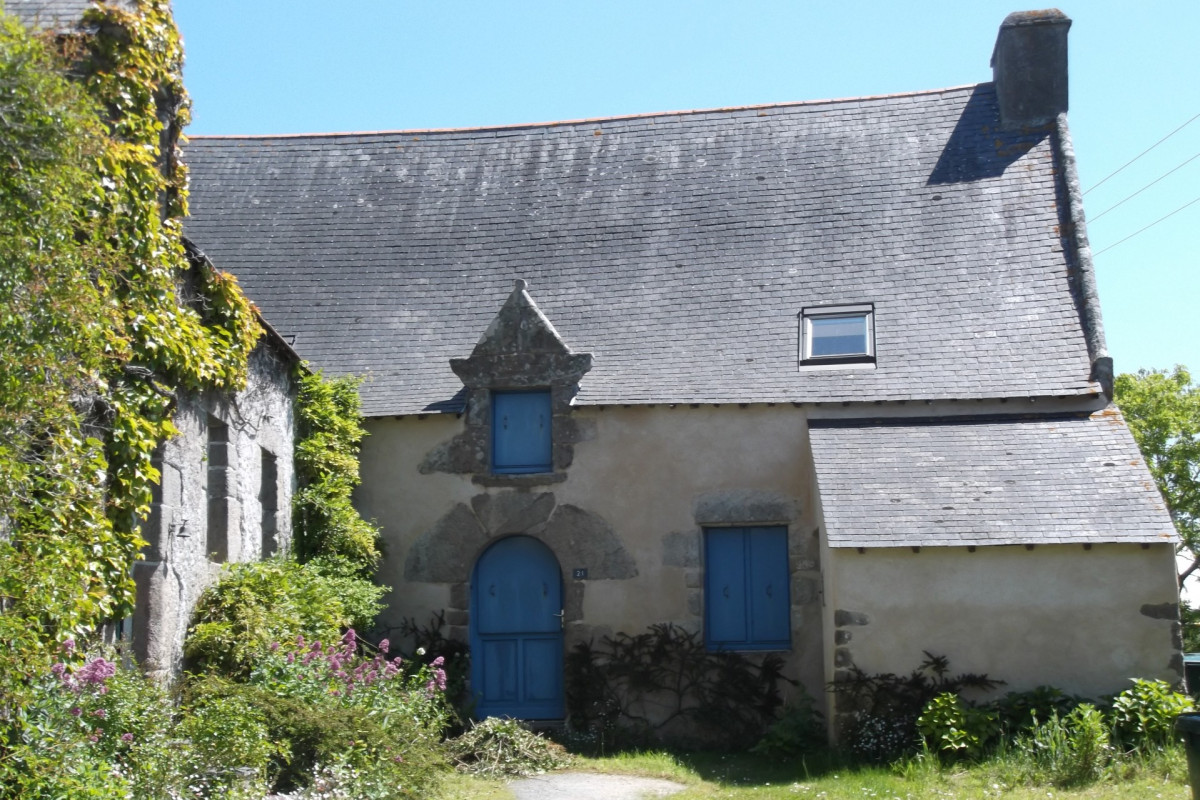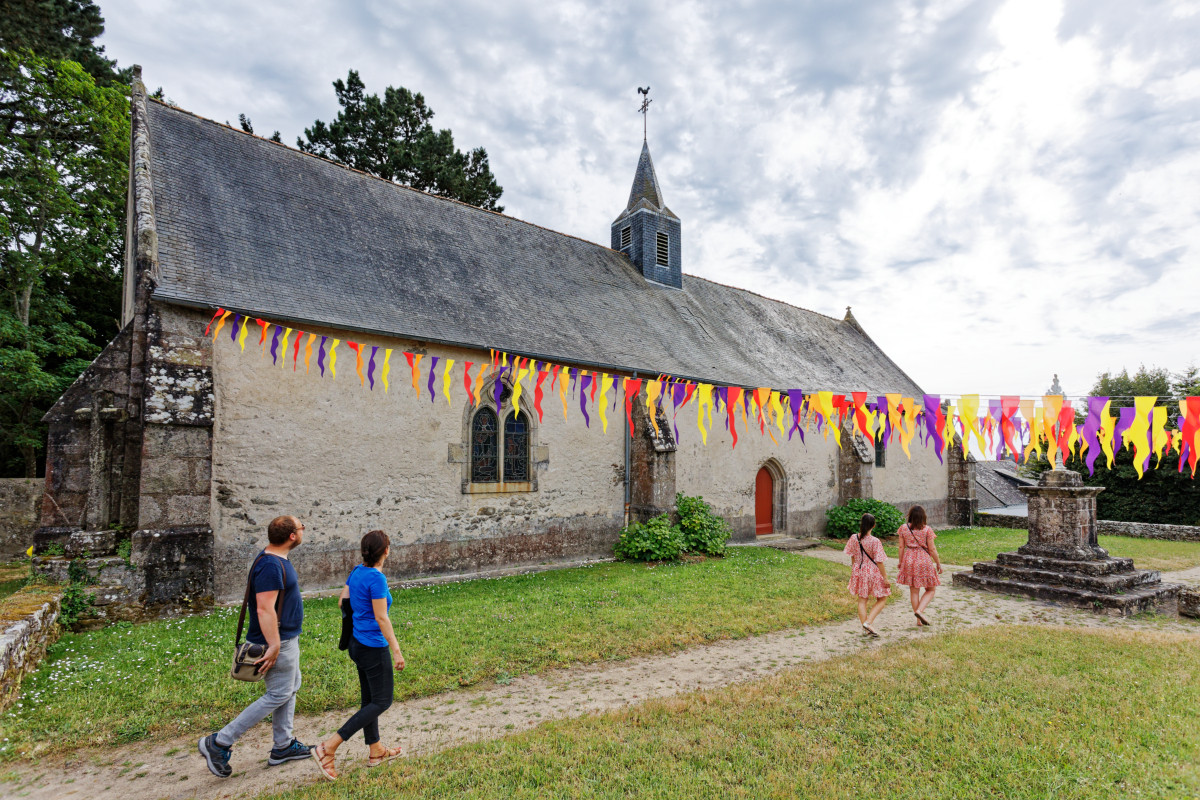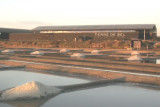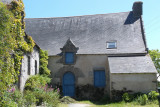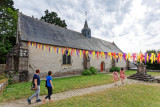Welcome to the kingdom of ‘Les Paludiers’!
In the heart of the salt workers’ villages of Batz-sur-Mer, Guérande, Mesquer or Saint-Molf, the history of the salt trade has also had its hand in fashioning the houses. The landscape of the salt marshes of Guérande is liberally dotted with ‘salorges’, the large granite warehouses used for stocking the salt.
The 'Paludiers' villages
The paludiers’ traditional houses with their coloured woodwork and slate roofs are indeed a characteristic feature of the landscape. Be sure to stop-off and visit some of the villages to see for yourselves:- Saillé, Clis, Quéniquen, Careil near Guérande
- Kervalet, Roffiat, Trégaté near Batz-sur-Mer
- Trescalan near La Turballe
- Boulais, Pendhué near Saint-Molf
- Kervarin, Kercabellec, Rostu, Penlô near Mesquer
- Kergéraud, Trélogo, Berzibérin and Pont d'Armes near Assérac
Saillé
The village of Saillé developed on a small "island" in the heart of the salt marshes, and is one of the main villages of the commune of Guérande. You can discover traditional salt marsh houses from the 17th and 18th centuries, easily recognizable by their semi-circular arched door and their skylight with a triangular pediment.The original church, which had become too dilapidated, was destroyed in 1892 and rebuilt in 1894 in a neo-Gothic style, it is dedicated to Saint-Clair. Its massive architecture combines local granite and freestone. The bell tower was erected there in 1959.
The village has kept a strong identity marked by a perfectly identifiable island nature in the middle of the salt marshes, a simple urban structure, and a homogeneous architecture whose variants are integrated by the omnipresence of granite and slate.
Also to be discovered in Saillé: the Maison des Paludiers (19th century, former chapel) and the Maison de la Compagnie des Indes (1602, 6-8 rue du Four).
Stopover at...
Clis, the traditional salt-worker habitat coexists with noble houses recalling the existence of small local seigniories: manors of Kerpondarm (15th-17th) and Tuloc (17th-19th) and ruins of the manor of Kersalio (15th-18th). Other remarkable buildings: the Sainte-Catherine d'Alexandrie chapel (15th century), the Requer cross (13th century) and the Tuloc quarry (granite quarry transformed into a pond, rue des paludiers). A few kilometers away, Quéniquen, where the houses are located in the immediate vicinity of the salt marshes, on rocky islands or on the slopes of the Guérande hillside: hence the name "white hill" given to Quéniquen. Housing is not possible in the heart of the salt marshes (too humid), the village is built outside, remaining close to limit the movement of salt workers. Between Guérande and La Baule, the village of Careil is located on a rocky promontory and dominates the salt marshes. It was once the seat of a castellany as evidenced by the presence of a castle. Of medieval origin, the latter was greatly altered in the 16th century and is one of the finest examples of Renaissance architecture in Guérande. Also worth seeing: the Saint-Matthieu chapel (16th century), the “big head” mill (15th-19th century, private property), the rows of salt-worker habitat.The 'Salorges'
Just around the corner from the salt marshes the former salt warehouses, with their unique shape form an imposing feature of the local landscape. These salt storehouses known as ‘les salorges’, became more common in the second half of the XIXth century springing up near to the railway lines and farms. These imposing granite buildings with their large buttresses and slate or tiled roofs are still very much present today. A prime example being the massive monumental salorge in Batz sur Mer. The ‘Musée des Marais Salants’ is in fact in part located in the former salt warehouse belonging to the Bertrand family.Suggestions
Boutique en ligne - l'or blanc du Pays de Guerande -office de tourisme La Baule guerande

